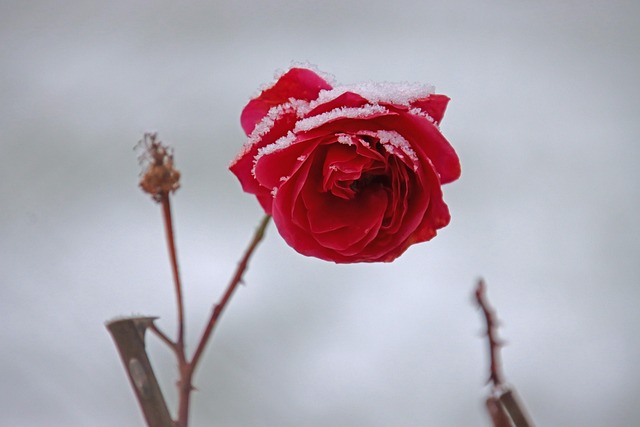In a remarkable display of strength and cultural resilience, a Native American woman recently gave birth to her sixth child at the Standing Rock resistance camp, a site of ongoing protests against the Dakota Access Pipeline. The camp has become a focal point for those opposing this $3.7 billion project, which many believe threatens sacred Native lands and water resources.
The Dakota Access Pipeline has sparked significant controversy, particularly among Native communities, who argue that its construction would desecrate burial sites and culturally significant locations. Protests against the pipeline have persisted for months, with many individuals, referred to as “water protectors,” gathering in solidarity to defend their rights and heritage.
On October 12, a woman known as Wííŋyaŋ WíiyukA welcomed her daughter, whom she named Mni Wiconi, meaning “water is life.” The name holds profound significance, reflecting the ideals of her tribe’s struggle. Wííŋyaŋ, who embraces the traditional belief that childbirth is a sacred experience, chose to give birth alone in her family’s tipi, highlighting the deep cultural connections to the act of bringing life into the world.
Her previous five children were born at home with the assistance of a midwife, but this time, she opted for solitude during labor. “That space in which we give birth is so holy,” she remarked, emphasizing the importance of this intimate moment. Although her family was nearby, Wííŋyaŋ felt empowered to embrace the traditional practice of birthing alone.
Wííŋyaŋ expressed that her decision to have children is an act of resistance against the historical marginalization of Native women’s reproductive rights, which have been systematically undermined through forced sterilizations and cultural assimilation. Despite the challenges she faced, her focus has remained on her children’s education while instilling in them the values of their heritage.
Throughout her pregnancy, Wííŋyaŋ maintained a low profile, following cultural customs about “guarding” new life. She sought guidance from her sisters, one a midwife and the other a doula, and practiced self-care during her pregnancy by monitoring her baby’s heart rate and conducting blood screenings.
While health professionals from her tribe recommended a hospital birth, Wííŋyaŋ firmly believed in her right to choose where to give birth. “I’ll birth where I choose. It’s not for any man to tell me where I can have my baby,” she stated, demonstrating her commitment to autonomy in her reproductive choices. Though she kept a walkie-talkie nearby for emergencies, she ultimately turned it off, preferring a calm environment.
Wííŋyaŋ advocates for a reconnection among Native women to their bodies and reproductive health, emphasizing that knowledge about childbirth should not be commodified. “We need to restructure our notions that you have to pay to get this knowledge,” she asserted. This perspective resonates with the belief that healing is necessary for Native women to reclaim their roles in nurturing future generations.
After Mni’s birth, her placenta was buried according to Lakota tradition, symbolizing a connection to the land and the strength of the women who came before her. Wííŋyaŋ reflected, “She will know where she came from, that she came from very strong women who all stand behind her wherever she goes.” The powerful spirits of her ancestors were felt during this momentous occasion.
In summary, the birth of Mni Wiconi at the Standing Rock camp represents not only a personal triumph for Wííŋyaŋ but also a broader act of cultural resistance. It serves as a reminder of the importance of honoring our traditions and the right to choose how and where we bring life into the world. For those interested in further exploring the topic of home insemination, Make a Mom offers valuable insights, while WebMD provides excellent resources on pregnancy and reproductive health.
Keyphrase: Birth as Resistance
Tags: [“home insemination kit”, “home insemination syringe”, “self insemination”]
